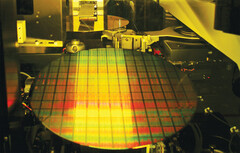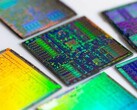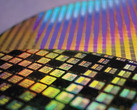It’s very possible Apple has some very grand plans in regard to the future of its iPhone (and other mobile devices, such as the iPad range). The company’s recent chips have been noted for their high performance and speed, but even the impressive A12X Bionic could seem as powerful as a 1980s Texas Instruments calculator in comparison to an A14 SoC based on TSMC’s 5 nm process.
TSMC (Taiwanese Semiconductor Manufacturing Company) has enjoyed considerable success over the years with its work with fabrication processes. Major technology companies like AMD, Huawei, and Apple have all been customers and the manufacturer’s annual revenue was over US$30 billion in 2017. Undoubtedly, leading the field with a commercial 5 nm process would be incredibly lucrative for TSMC.
The Taiwanese firm needs to deliver some good news to its investors after the costly chemical contamination incident that occurred at its Fab 14B facility. Apple is also in desperate need of a big win; the Cupertino company’s stock prices have been on a rollercoaster over recent months and major rivals like Samsung and Huawei seem to be charging ahead in terms of smartphone technology and market share.
If TSMC’s risk production leads to commercial production by 2020, then an iPhone powered by what could potentially be an Apple A14 SoC based on a 5 nm manufacturing process would offer the kind of performance and speed that could leave its competitors trailing in the dust. TSMC has explained how the 5 nm process differs from the 7 nm FinFET Plus process:
5 nm FinFET adopts EUV Lithography for more critical layers to reduce multi-pattern process complexity while achieving aggressive die area scaling.
In other words, the 2020 iPhone could end up being the fastest phone ever…until a 3 nm Galaxy S device comes along.


 Deutsch
Deutsch English
English Español
Español Français
Français Italiano
Italiano Nederlands
Nederlands Polski
Polski Português
Português Русский
Русский Türkçe
Türkçe Svenska
Svenska Chinese
Chinese Magyar
Magyar


























